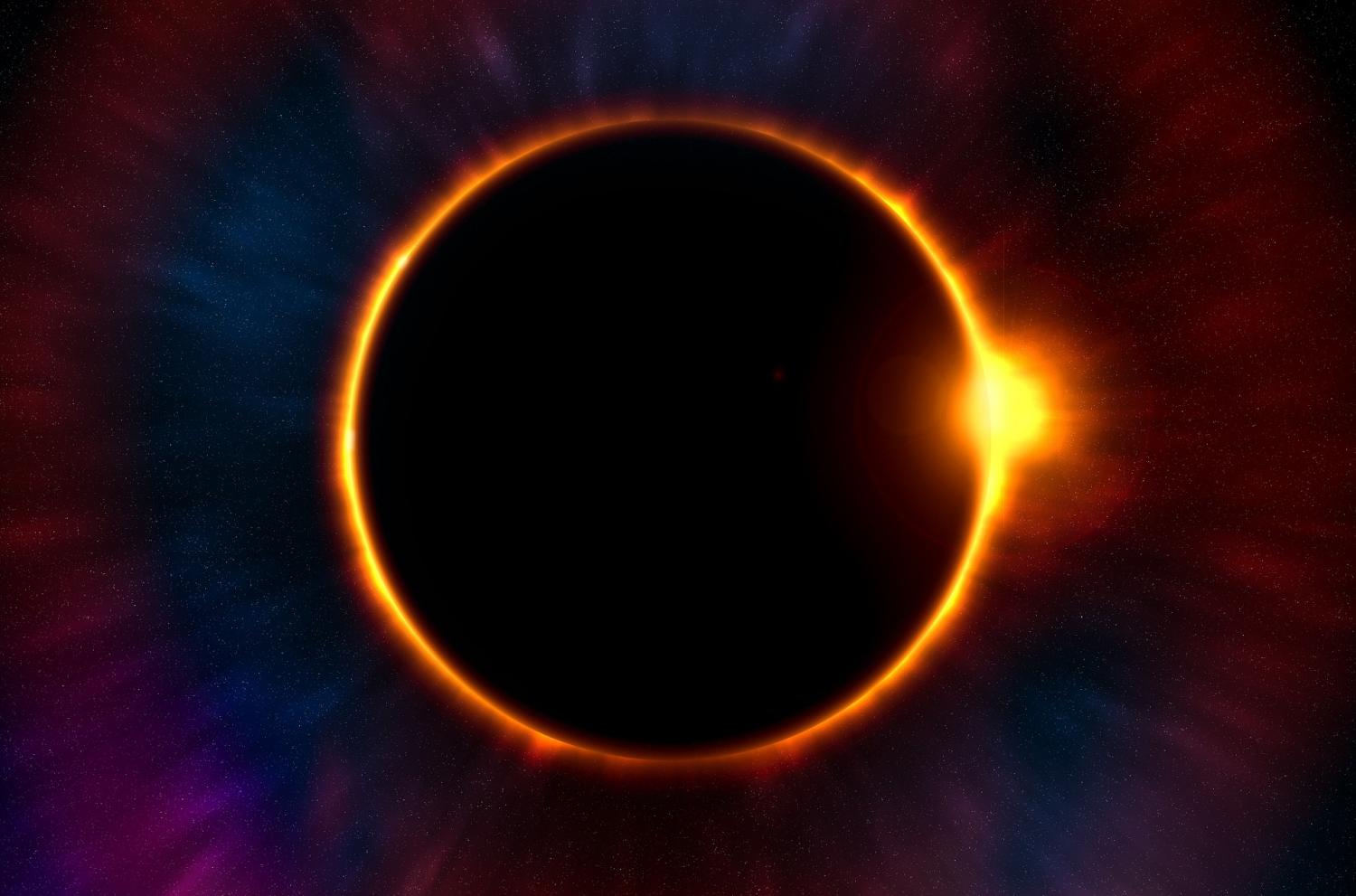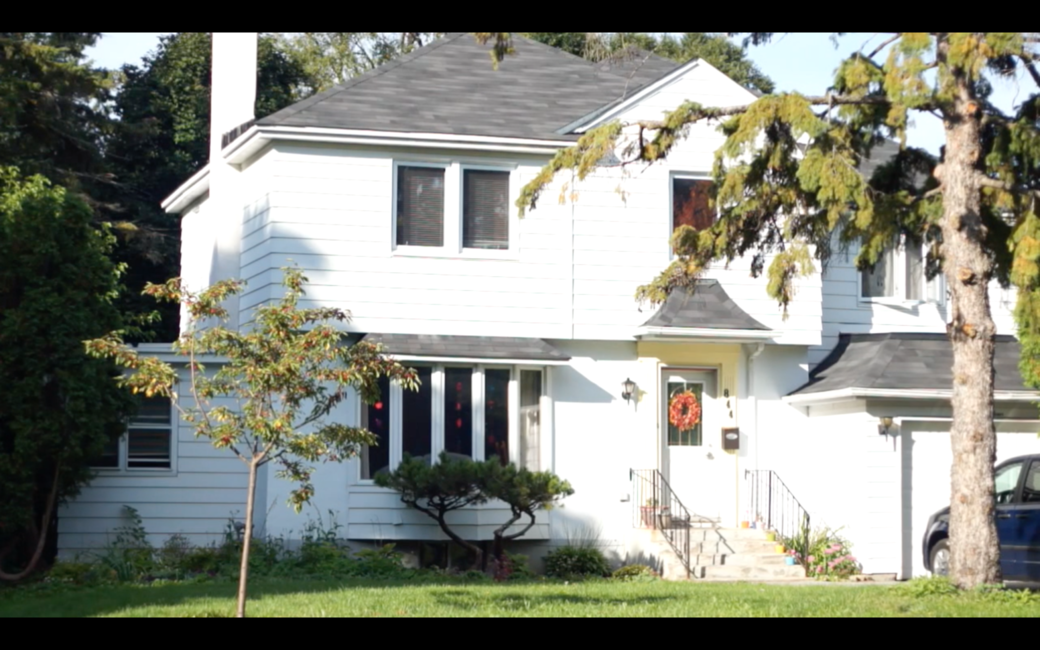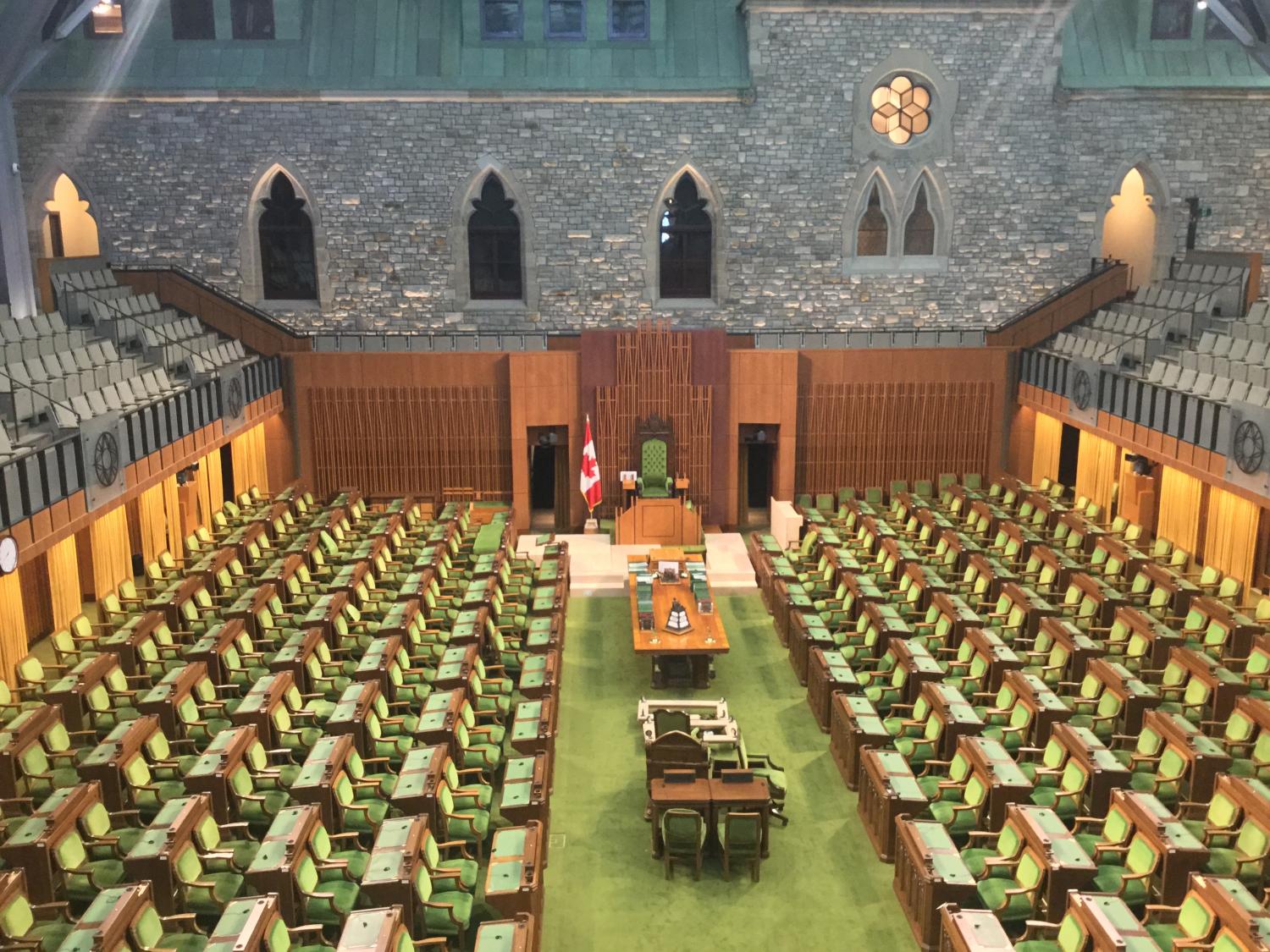
Partial Eclipse of the Capital
You can probably hear Bonnie Tyler’s 1983 hit “Total Eclipse of the Heart” on a radio station somewhere on the planet at least once a day but today’s total solar eclipse is a much rarer event (at least in our neck of the orb). It’s a fair bet that most of the millions griped by eclipse-fever today will have never seen such a sight as the last time one occurred was back in 1918.
Why so uncommon? Solar scientist Dr. Lucie Green says it’s all about some incredible cosmic coincidences. For starters, some precise alignment needs to occur. The Moon orbits the Earth on a five degree tilt compared to how we move around the Sun. A total solar eclipse “happens at New Moon,” says Green, “when the Moon passes between the Sun and the Earth temporarily blocking its light and casting a small shadow on our planet.”
The total eclipse is glimpsed by those standing at the centre of the Moon’s shadow. It’s called the umbral shadow and it only blankets a small portion of the planet. This is where the sparseness of them being seen comes into play. While Green ads that eclipses can happen every 18 months, the rarity lies in the path of the event.
“As the umbral shadow zips across our planet’s surface, its path covers less than one percent of the Earth. So the shadow is far more likely to pass over uninhabited regions – such as the vast oceans –making a total eclipse notoriously difficult to catch!”
In fact, it’s even harder than that.
By the time you’ve snagged your solar eclipse viewing glasses and made it out the door to look skyward you may have already missed it. This celestial wonder’s longest duration of totality will be about 2 minutes and 41 seconds and even to see that you’d have to be standing in Giant City Start Park just outside of Carbondale, Illinois.
Speed is also a factor. This thing is moving at a 3,878 km/h clip! It is estimated that just over 12 million people live within optimal viewing areas and, sorry, but if you’re currently in the Capital you’re not one of them.
While Ottawa doesn’t exactly fall within the 70 mile path of totality (we’re only getting a partial portion), the excitement of the event has still managed to grip the city with many planning to take to the streets, rooftops, lawns and balconies to see at least 60 per cent of the sun covered up.
Even with only a piece of the solar pie in our sky, it still highly recommended to not look at the sun with the naked eye, at least not for the whole thing. Those who snatch a second or two peek shouldn’t worry about any adverse effects but if you want to see the entire show best to find yourself some ISO certified specs first. If you can’t track those down (as many stores have actually sold out in advance) various websites and YouTube vids are out there showing you how to make your very own eclipse viewing pinhole camera on the cheap.
NASA hopes to extend the moment by ingeniously latching two bomber jets with telescopes in an effort to chase the light (or lack thereof) for the entire 7 minutes it will be streaking overhead. However, if you weren’t lucky enough to get a co-pilot seat, The Royal Astronomical Society and the Canadian Aviation and Space Museum have you covered. The two have partnered up for a viewing party set to begin at noon and they’ll be providing telescopes, glasses and experts at the ready to answer all your eclipse related questions. No word on a Bonnie Tyler event viewing soundtrack, however.









